


College of Engineering, University of Al-Mustansiriyah conducted a study the factors affecting the size and morphology of wetting aluminum oxide nanoparticle surfaces treated with carboxyl bonds and depending on the hydrocarbon bonds of nanoparticles, the Faculty Member in the College, Dr. Hadi Ghali Atiya said. Dr. Atiya added that the study reviewed that the nanoparticles with non-spherical formation formed thin layers that decrease the surface roughness and high value to the WCA test using polymorphic nanoparticles, while a TGA examination revealed that these nanoparticles possess a higher density than the hydrocarbon bonds of spherical particles. It is worth mentioning that the study concluded that the efficiency of aluminum oxide nanoparticles of sizes less than 50 nanometers to benefit from them in manufacturing of membranes and water-repellent surfaces and to overcome the topographical effects resulting from a decrease in the coating layer roughness.
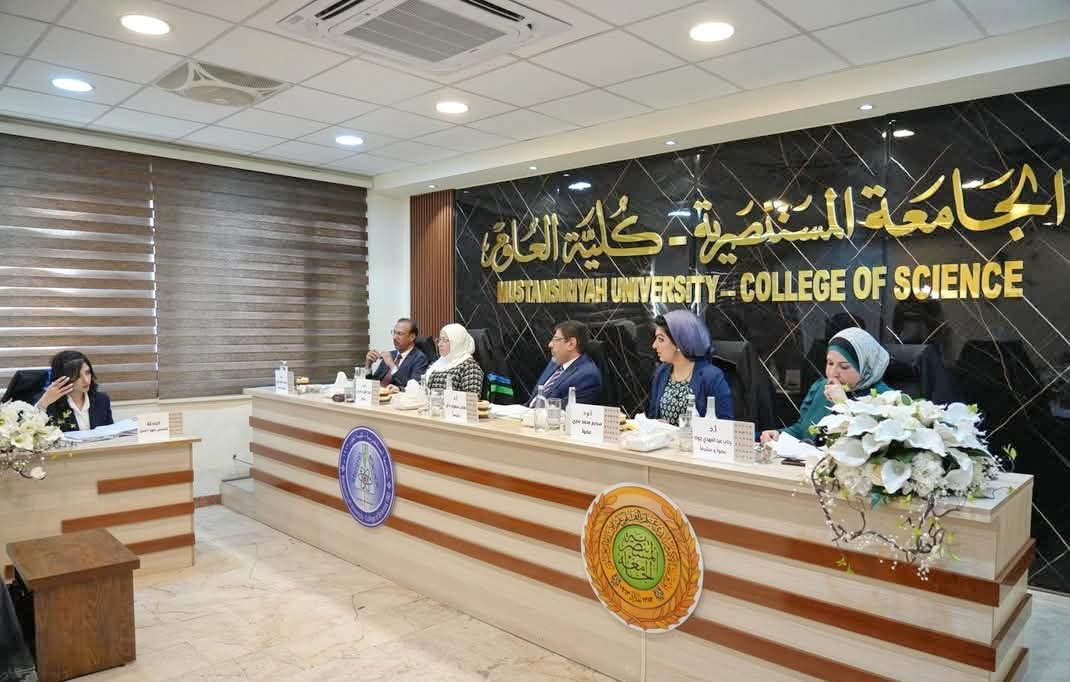
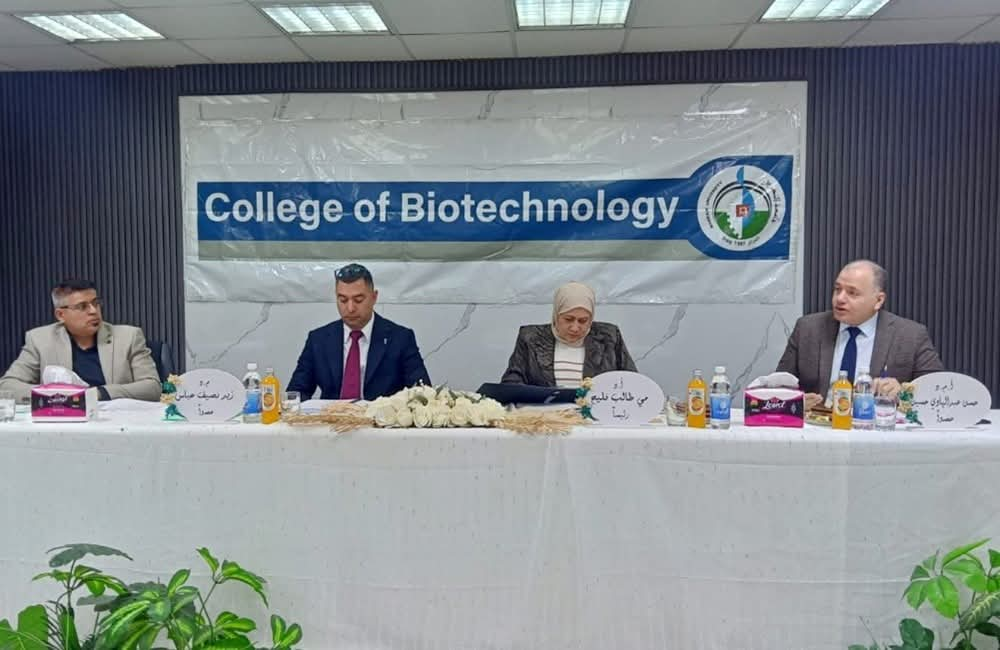
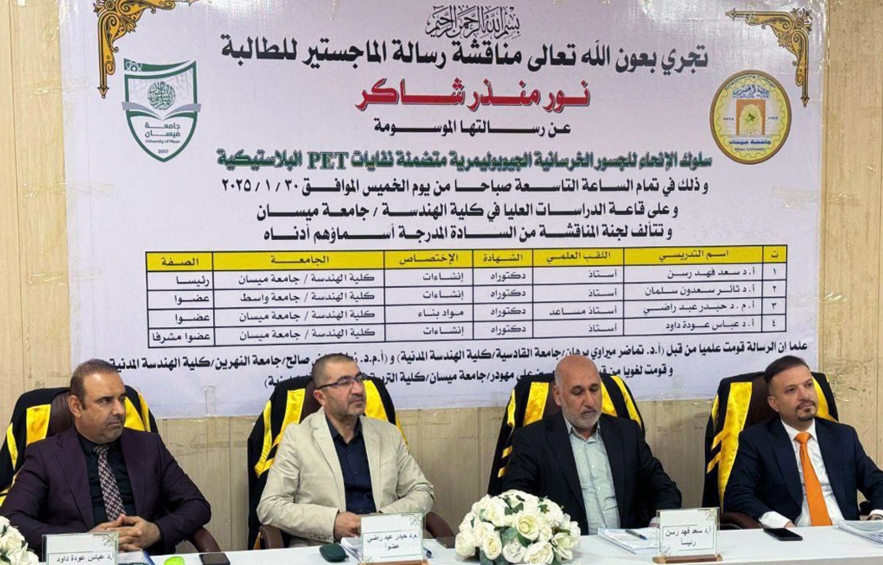

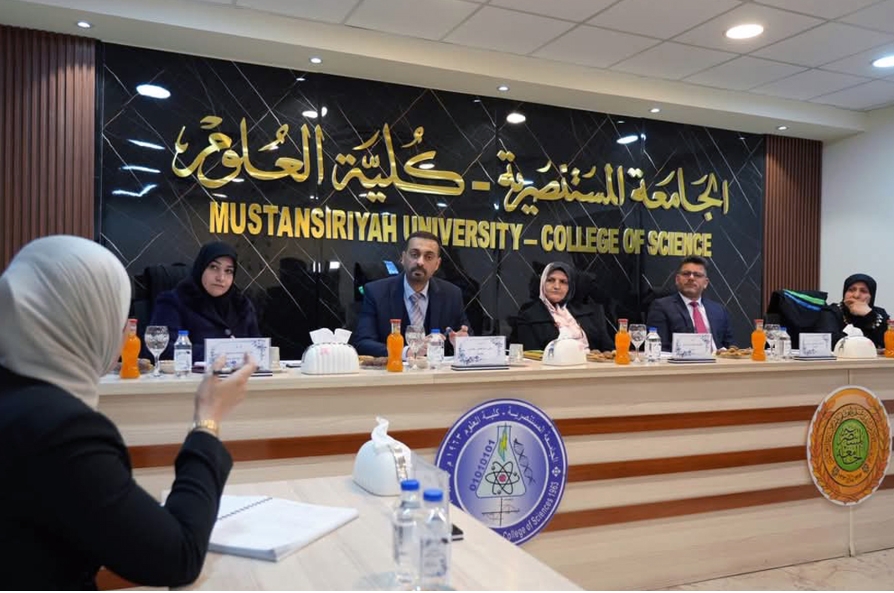
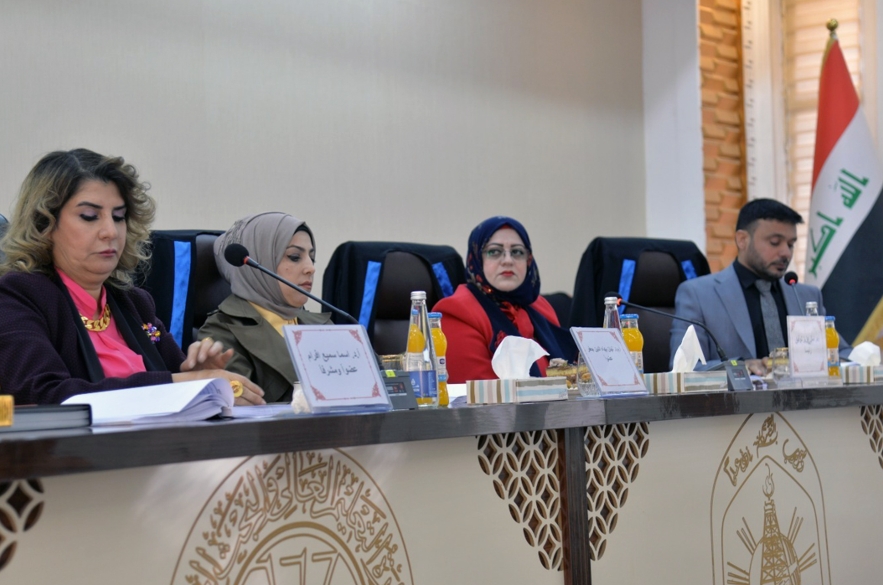
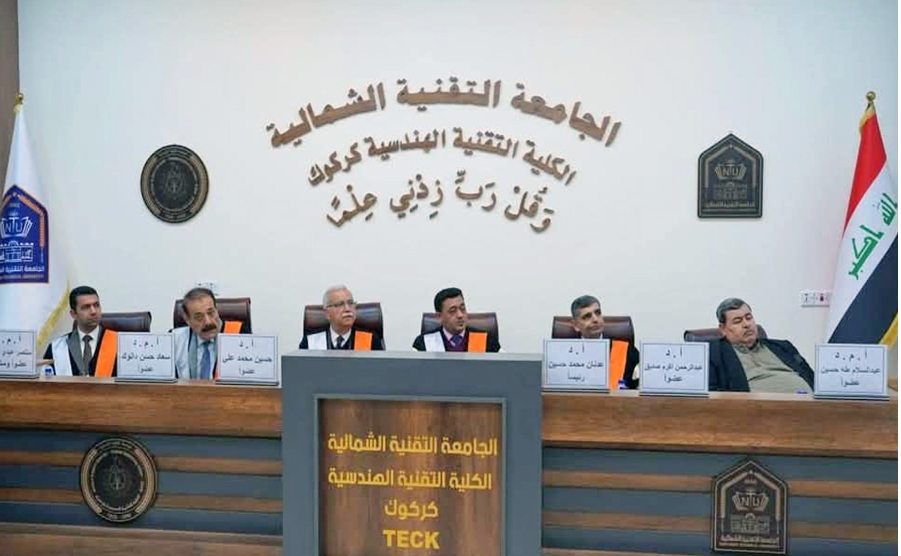
Contact us for any inquiries about the services provided by the Ministry of Higher Education and Scientific Research